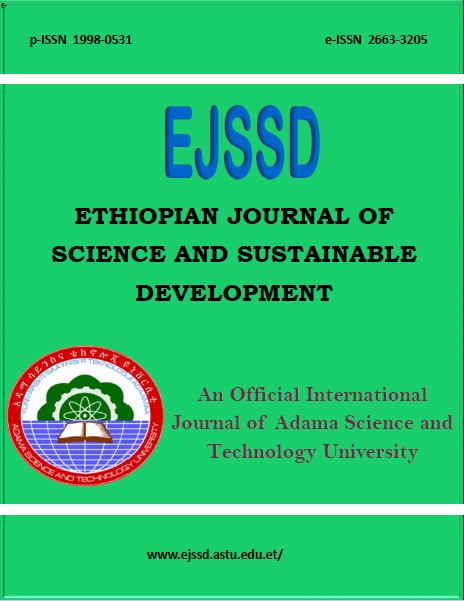The Role of Place Attachment in Place Making: Sub-Concepts, Importance and Methods of Investigation
Abstract
Place attachment (PA) has been investigated at different scales through different methods across various disciplines. This review seeks a nuanced understanding of its components, methods of investigation and importance through content analysis. Different researches consider diverse sub-concepts as the components of PA and there is lack of coherence in methods of investigation used. Studies in the area commonly use questions from earlier studies, with modifications, to investigate PA. Most PA studies were done at neighborhood levels and within public spaces. PA is important in place making through memories, meanings, in conservation and place keeping. Currently, few PA studies are in African context. There is need for PA studies in underexplored areas of brownfields and other industrial legacies. Virtual places are also gaining ground in PA studies. Lack of clarity on what constitutes PA may affect policy formulations and implementations negatively. The review is important in identifying the importance, components, areas of study, common questions among selected authors used in PA investigations. For coherence and clarity, it is recommended to adapt place identity and place dependence as the sub-dimensions of PA, with inclusion of other factors under them, according to the proposed conceptual framework. The findings reiterate the need for built environment professionals, and policy makers to integrate PA aspects in place making during new developments and urban renewals that greatly impact the urban and rural landscapes.
Copyright (c) 2025 Ethiopian Journal of Science and Sustainable Development

This work is licensed under a Creative Commons Attribution 4.0 International License.

 Open Access
Open Access Print and Online ISSN
Print and Online ISSN Submit Your High-Quality Articles
Submit Your High-Quality Articles Higher Impact With Wider Visibility
Higher Impact With Wider Visibility Double Blinded Review Process
Double Blinded Review Process Join as Reviewer
Join as Reviewer